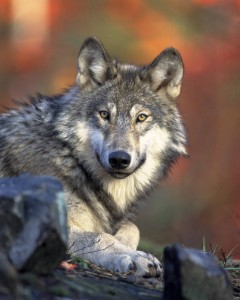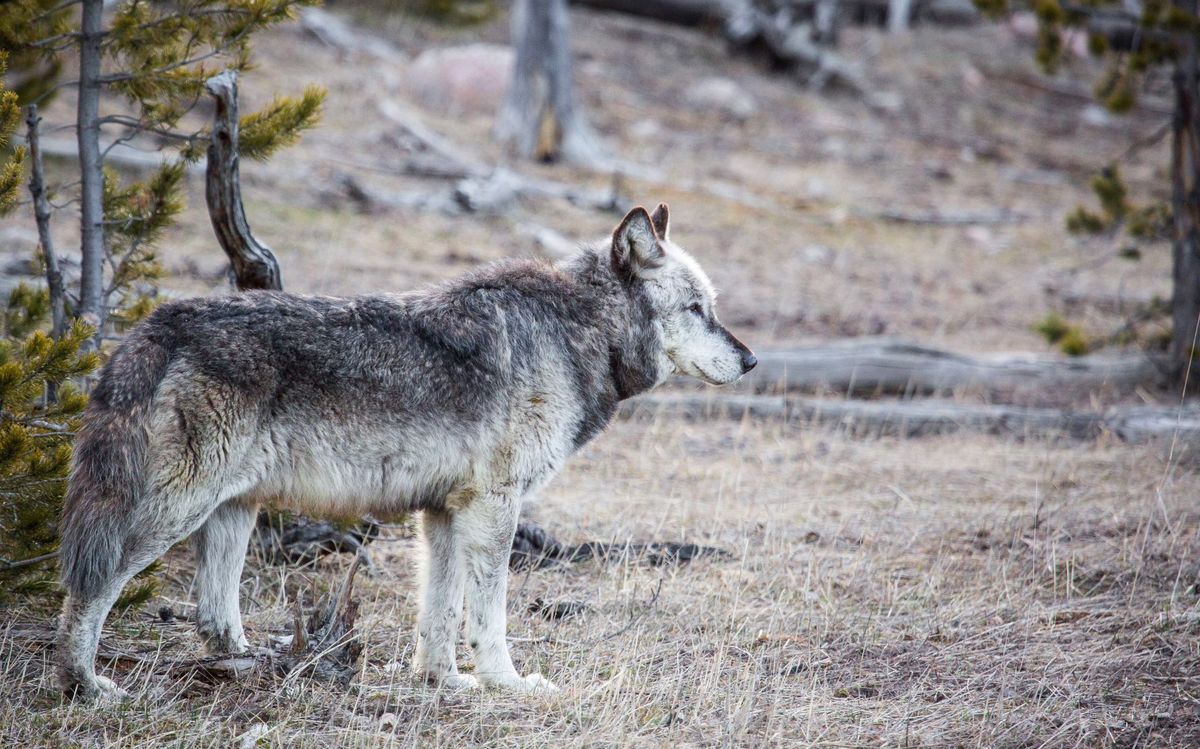Montana Fish, Wildlife and Parks released its annual wolf population estimate recently. Short version: They think there are abut 900 wolves in the state now, up from 851 a year earlier . . .
There are roughly 900 wolves in Montana according to the 2017 Montana Gray Wolf Program Annual Report, the 13th consecutive year that Montana has exceeded wolf recovery goals.
FWP now estimates wolf numbers using a method called Patch Occupancy Modeling. The old way of trying to count wolves from an airplane became a less accurate picture of wolf numbers as the wolf population grew beyond the agency’s ability to count them. Additionally, the old method was expensive and took a lot of staff time.
FWP has used POM estimates along with the old minimum counts for several years. POM uses wolf sightings reported to FWP during annual deer hunter surveys, known wolf locations, habitat variables and research-based wolf territory and pack sizes to estimate wolf distribution and population size across the state. The most recent POM estimates were 961 wolves in 2015 and 851 in 2016. Data has been gathered for 2017 estimates and analysis will take place during summer 2018.
Also read the Montana FWP press release: Wolf numbers remained strong in 2017

